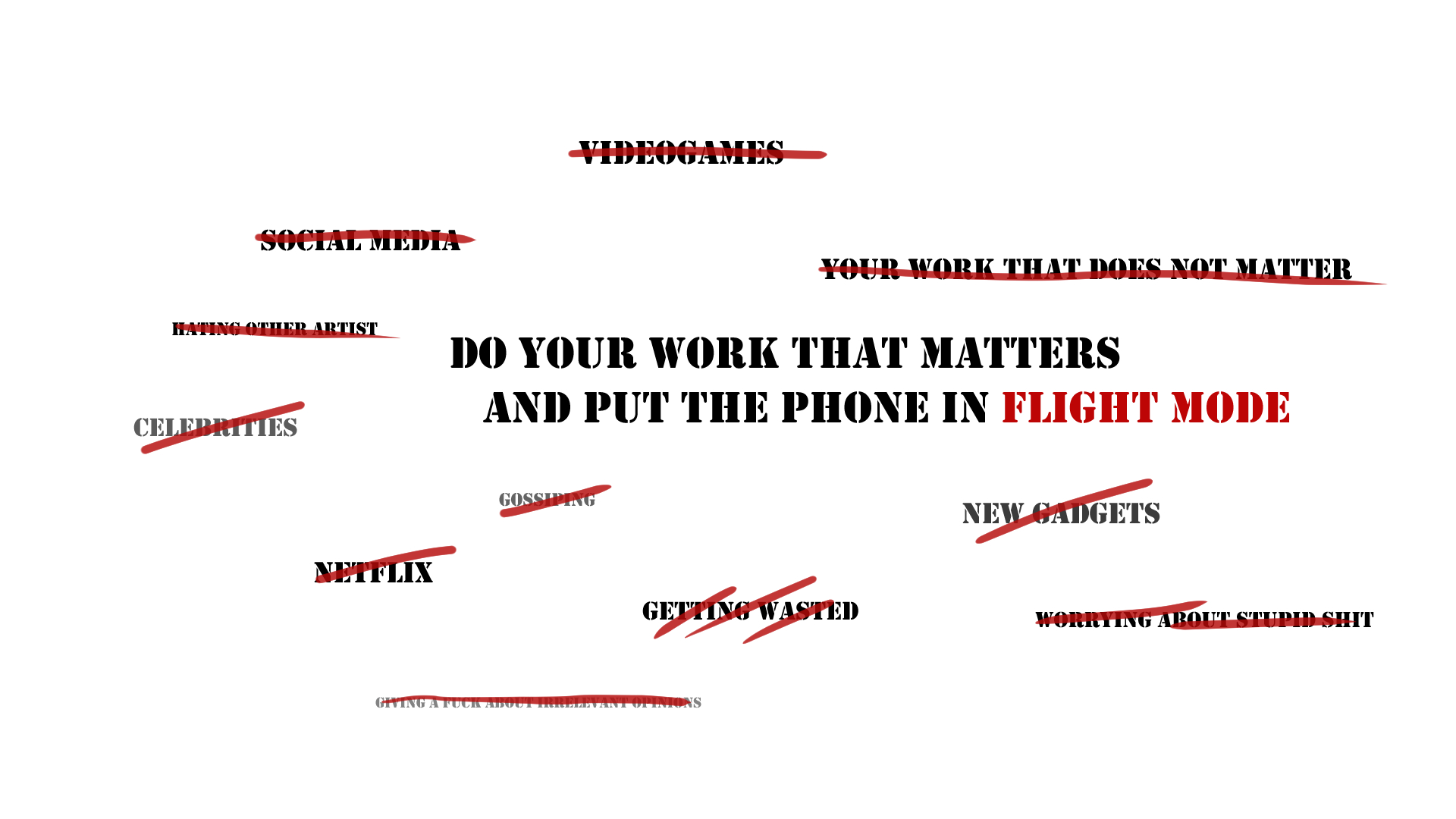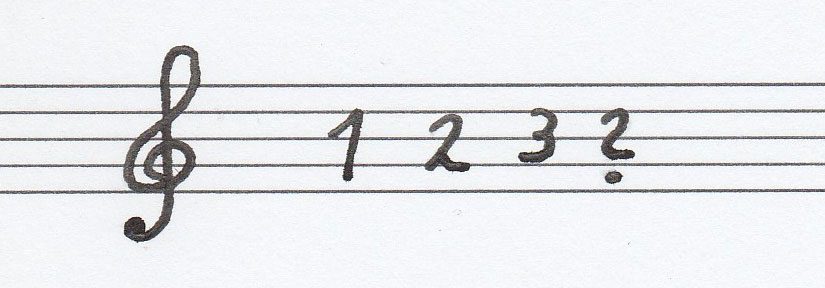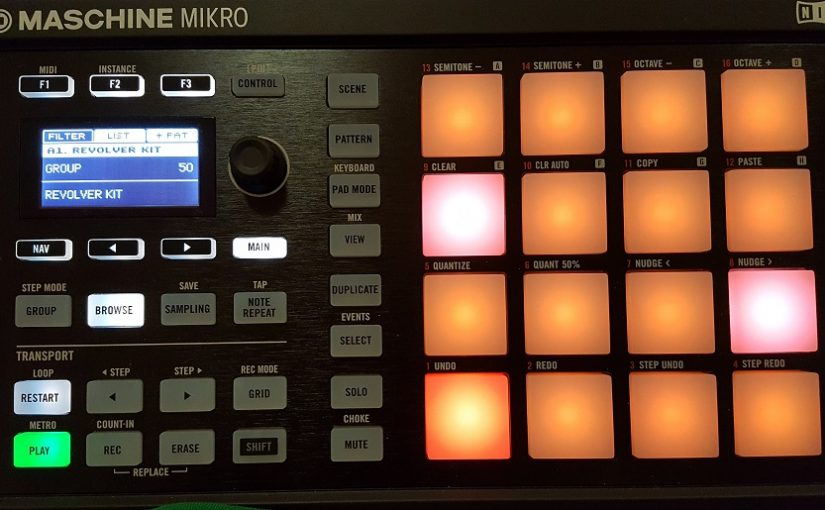Today is not about business, marketing, music, or dance alone. It is about a mindset thing that is beneficial in all of those.
We live in a world of distractions. That sounds like an exaggeration, but is a brutal truth that results in a decline of real productivity and creativity. We think we are experts in multitasking, but we are not. We are experts in being distracted, which leads to a culture of superficiality. We wear “being busy” like a badge of honor when it is only a sign of lacking priorities.
As an artist and entrepreneur that is in the game to stay (without burning out), we shall cultivate a habit to dig deep in what we do. At least for all the things that matter (the ones that align with your bigger picture).
Digging deep means:
- to give ourselves the time that is needed to work things out
- to look at a topic from different angles
- to do additional research when we miss information instead of assuming things
- to ask questions
- to find the reasons behind symptoms
- to take ideas far
Deep Work means:
- to commit to a specific task
- to immerse yourself in the work
- to shut out distractions (flight-mode is a lifestyle)
- to spend enough time with a topic to allow our conscious and subconscious mind to get involved
You will only do your best work when you reach depth. So avoid today’s culture of mediocrity and dig deep when you create your art and set up your business.



